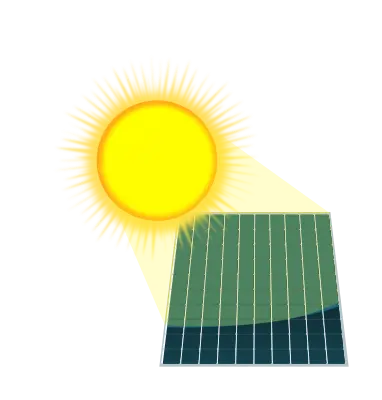Some large PVs for rooftops were at a street market for €35 each. I’m not deeply knowledgable about them… I just know that there are two varieties of solar panels and that the kind that are used from small appliances (e.g. calculators, speakers, lawn lights, etc) are junk. And that junk variety is sometimes used in large rooftop panels. What I was looking at resembled the kind I see on a bluetooth speaker with a slight blue tint so I was skeptical. The info on the backside of the panel indicated “1000 V”. The other thing is, all solar panels degrade over time and reach end of life after like 15 years (though this is improving). They may have been a good deal but I passed on them because I didn’t want to buy them on a blind risk.
How would I know how much life a used PV has left? Would a volt meter give that info, assuming it’s sunny when I encounter them again?


The solar panel technology has evolved in leaps and bounds in the past 20 years. Current panels are more efficient and resilient than old ones. I’d recommend saving for a new installation if you can.
In some places you can get a loan against your house equity for things like a solar panel installation if you install it on the roof. The thinking there bejng that the value of the house increases as a result. There may also be subsidies you can access.
That being said, you can test an used solar panel with a decent multimeter, by measuring the voltage (DC volts), short circuit current (DC ampers) and operating current if you can (this one is easier with a clamp meter, but you have to measure it on a live installation). As long as the values are reasonably close to the panel spec, you should be fine. There are tutorials out there on how to actually do it without blowing the fuse on your tools.